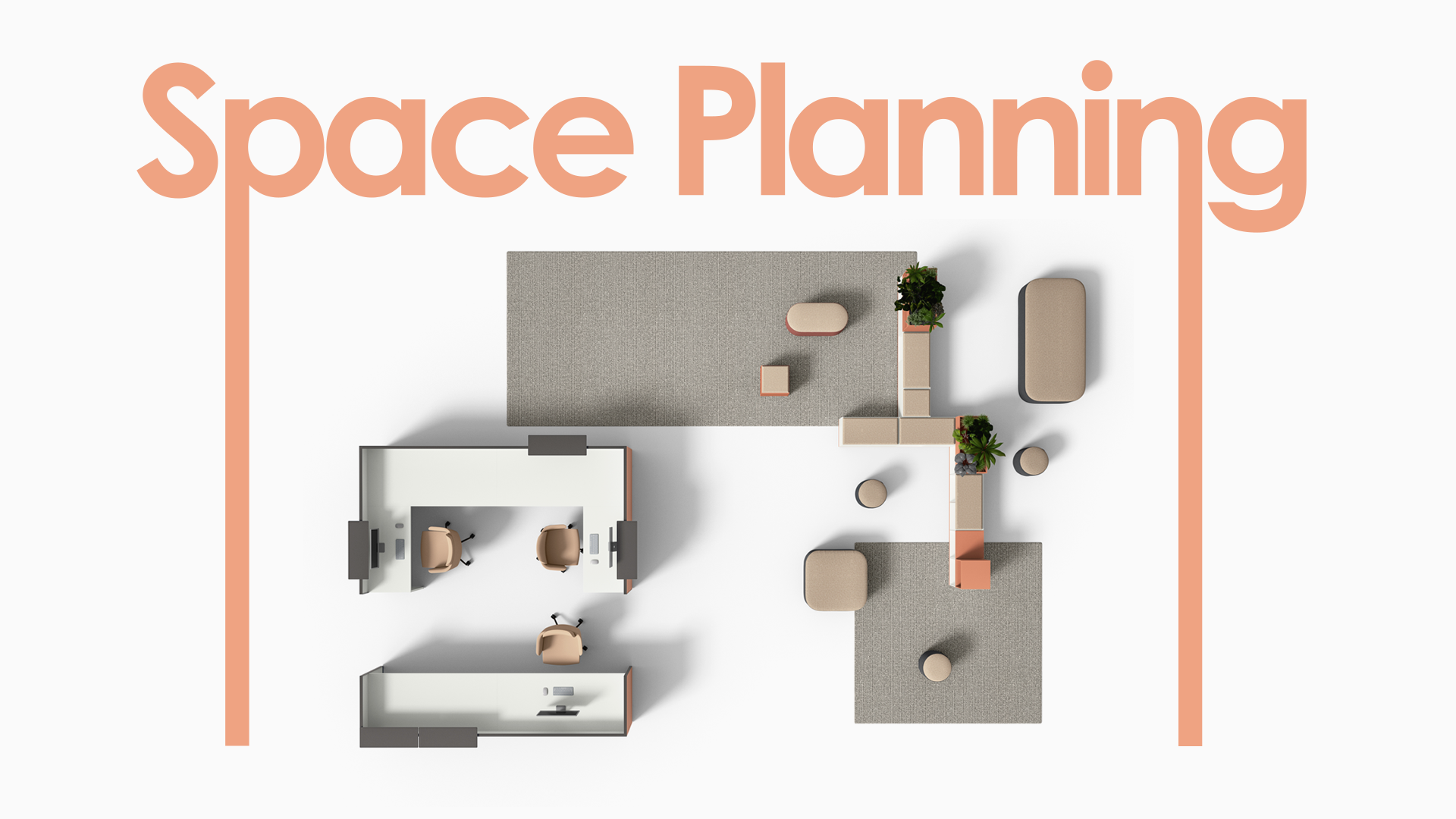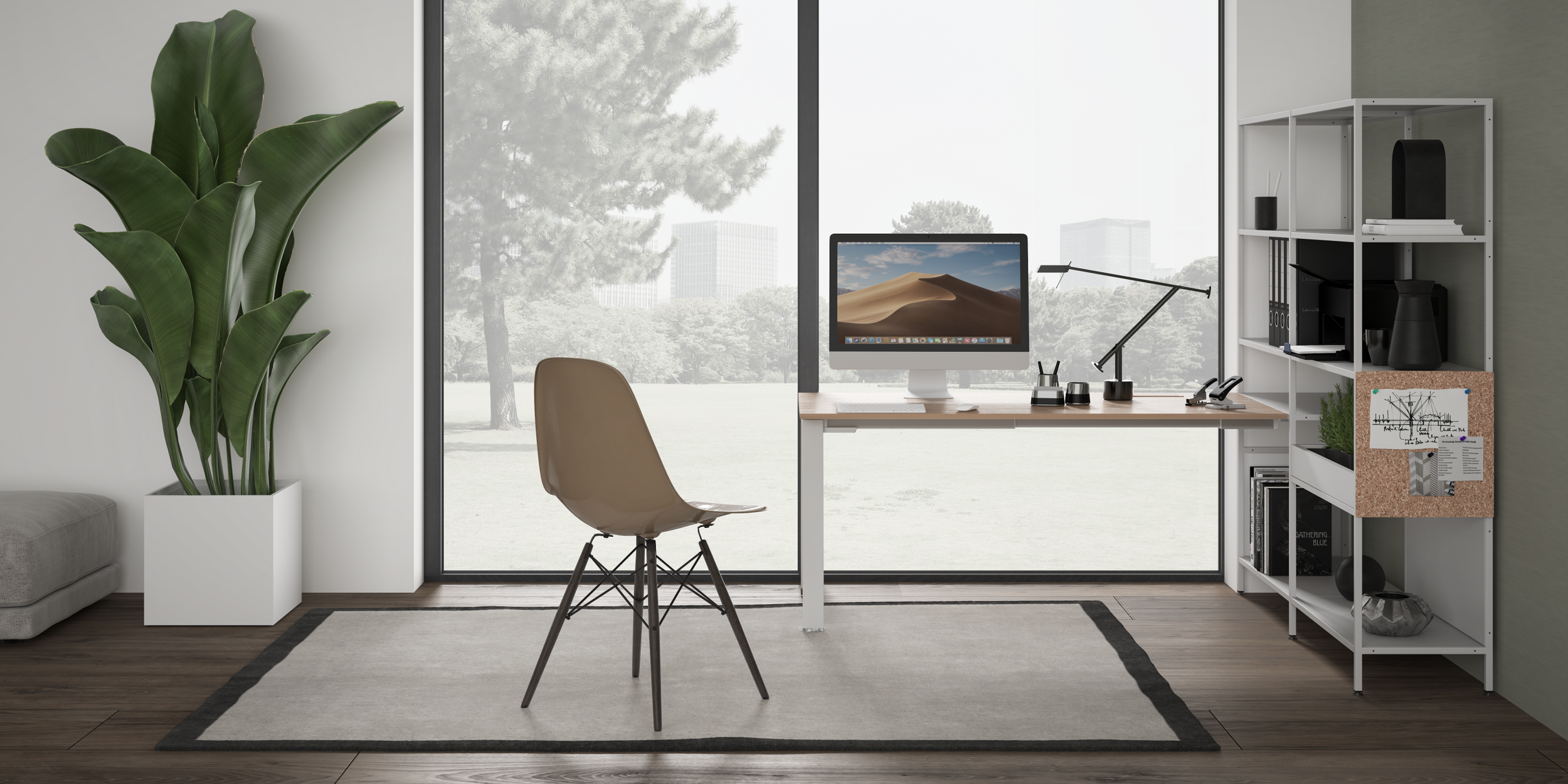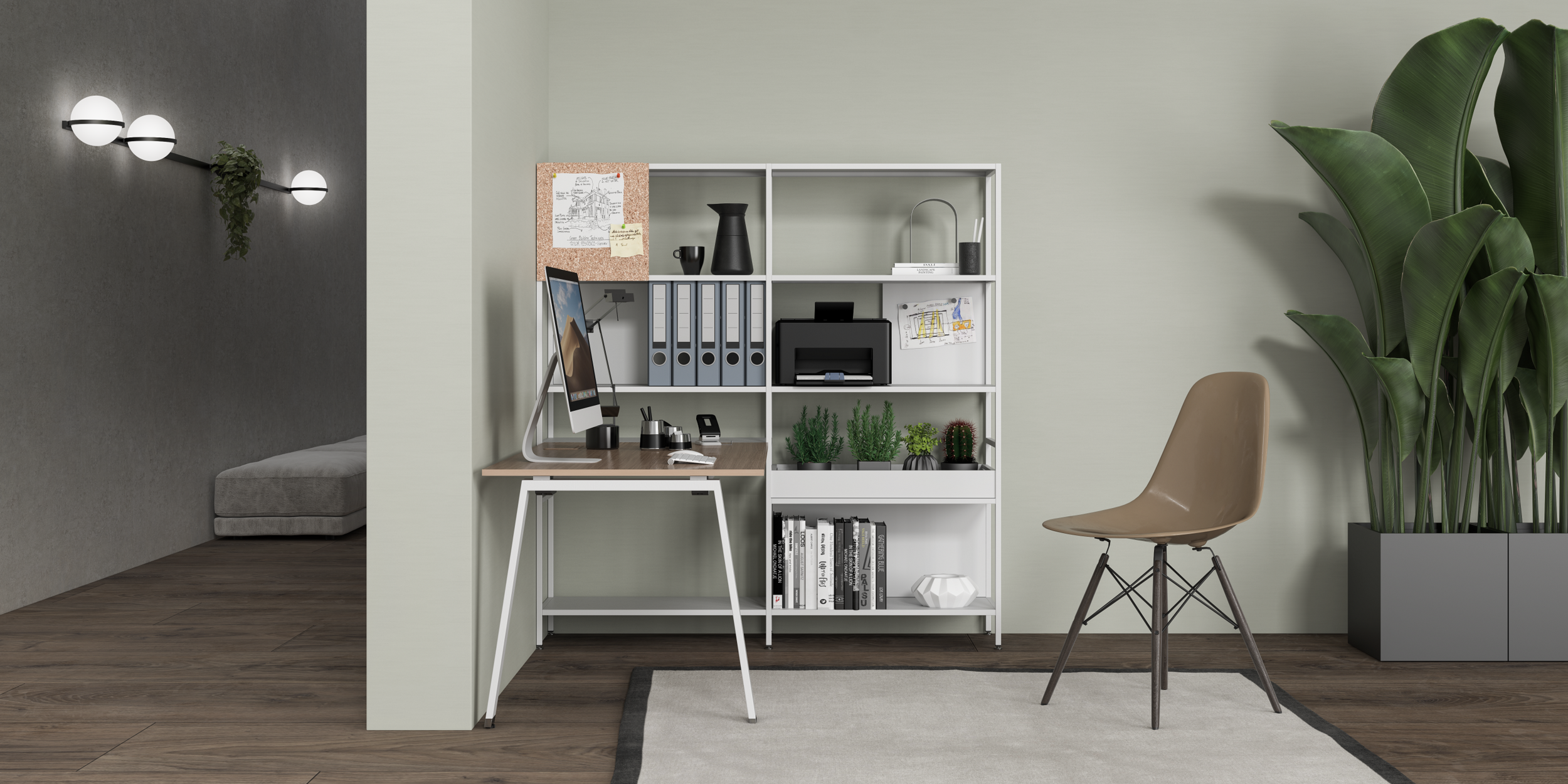The Importance of Space Planning: Creating Mindful Workspaces
/Before purchasing products to furnish a workspace, think about the importance of space design and planning.
Creating an office space is a process and every step must be carried out intentionally.
If we consider that the most important aspect of any space is the people who inhabit it, then it makes the most sense to create an environment that promotes comfort, productivity and well-being.
Did you know that 90% of employees believe that their workspace design affects their attitude toward work? Yet, only 49% of employees say their workspace is optimally designed for their tasks.
Effective space design isn't just about making things look good but about enhancing creativity, workflow and overall satisfaction.
That's where strategic planning comes in.
Having a well-thought-out workspace allows you to consider all crucial factors from layout and functionality to lighting and ergonomics.
Functional environments will always increase performance; It’s a no-brainer.
By understanding the unique needs of your space and the people who will live and work in it, you're setting the stage for success.
So, before you start rearranging desks or adding furniture, take a moment to think it through and ask the experts to help you.
Because like we at UOF like to say: “It all starts with a plan.”
Written by Kika Pérez for UOF











